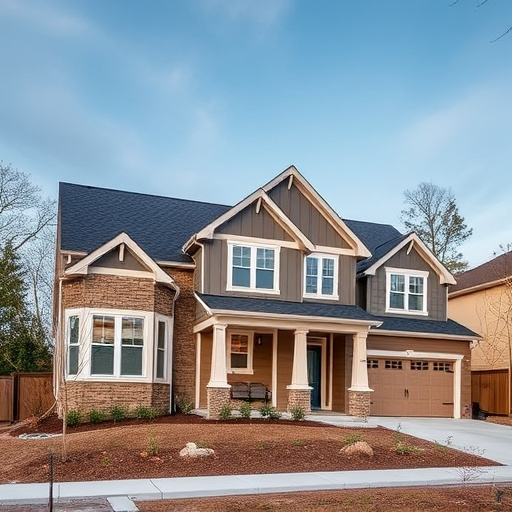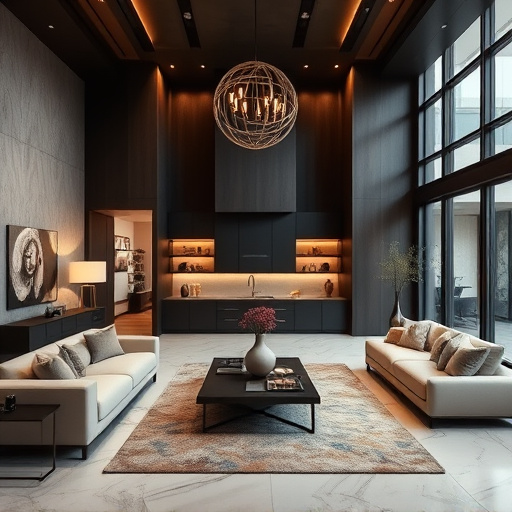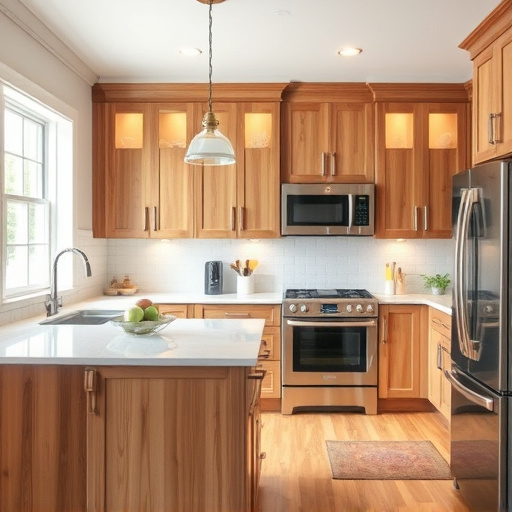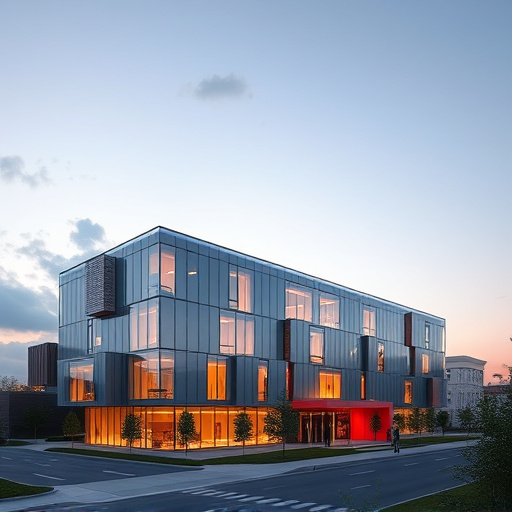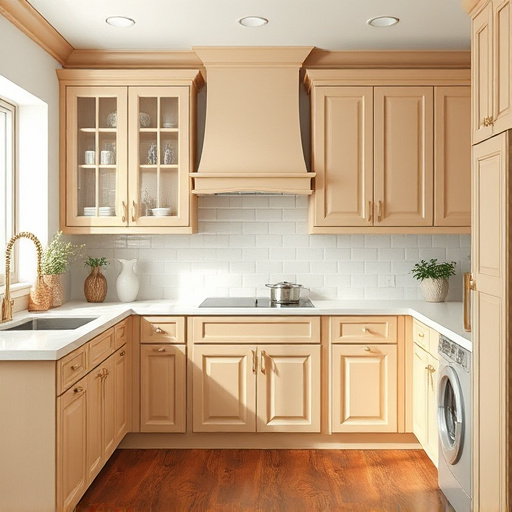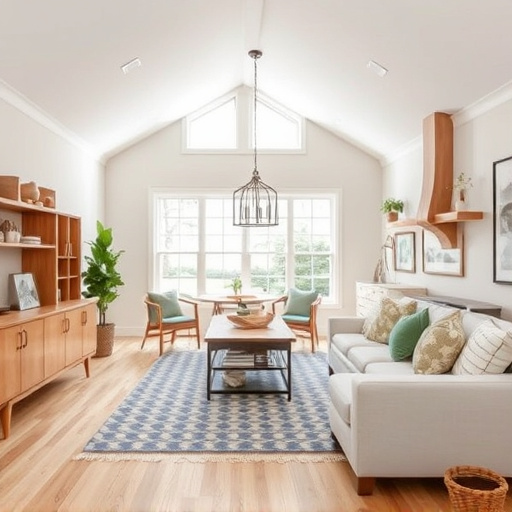When planning home renovations, selecting the right flooring install is key. Consider room purpose and design vision for aesthetics and functionality. Natural materials add warmth, while modern designs embrace bold patterns. Durable materials are ideal for high-traffic areas, softer options for comfort. Bathroom remodels require specialized solutions. For seamless interior spaces, complement existing design elements. Choose installation methods based on flooring type for superior results. Versatile options like floating floors or click-lock systems offer advantages for residential and commercial spaces.
Matching your flooring install with interior design is key to creating a harmonious space. This guide delves into the art of integrating diverse flooring materials and styles to complement, not clash with, your room’s function and aesthetics. From understanding various flooring options to selecting installation methods for optimal results, we equip you with insights to make informed choices that enhance your home’s allure and value.
- Understanding Flooring Materials and Styles
- Integrating Flooring With Room Function and Aesthetics
- Choosing Installation Methods for Optimal Results
Understanding Flooring Materials and Styles
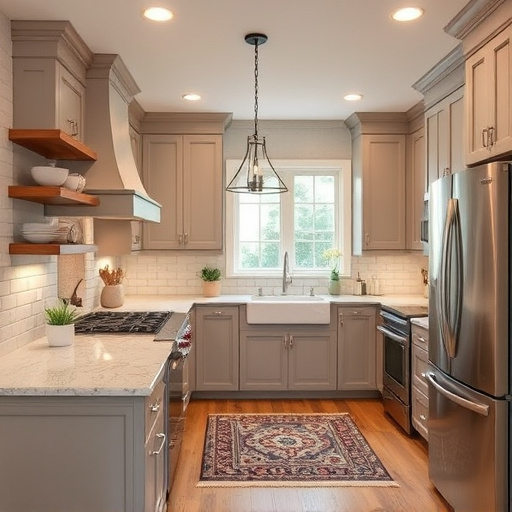
When considering a flooring install as part of your home renovation or home transformations, understanding the available materials and styles is key. Different flooring options—from hardwood to tile, carpet to vinyl—each offer unique aesthetics and functional benefits. For instance, hardwood floors provide a timeless elegance that complements various interior design themes, while tile is perfect for spaces requiring moisture resistance. When planning your home additions or renovations, select flooring that aligns with the room’s purpose and aesthetic vision.
Texture, color, and pattern play significant roles in defining a space’s ambiance. Lighter hues open up rooms, while darker shades create a cozier atmosphere. Natural materials like wood or stone add warmth and character, making them ideal for traditional settings. Conversely, modern designs often embrace sleek, minimalist floors with bold patterns or geometric designs. This knowledge equips you to make informed decisions during your home transformations, ensuring the flooring install enhances, rather than clashes with, your interior design choices.
Integrating Flooring With Room Function and Aesthetics
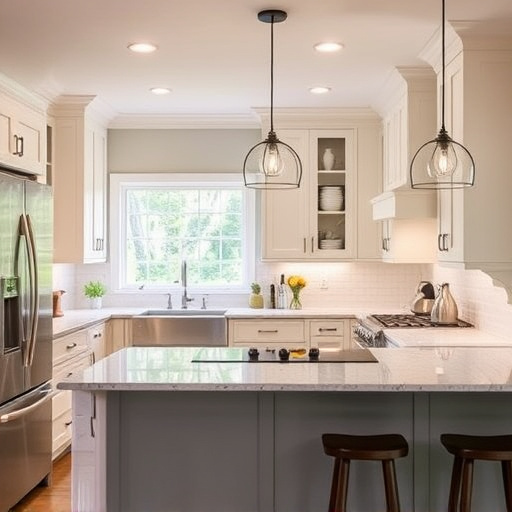
When integrating flooring with interior design, understanding the function and aesthetics of each room is key. The right flooring install can enhance or disrupt a space’s purpose and overall look. For example, in high-traffic areas like kitchens or hallways, durable materials such as hardwood or tile are ideal for their strength and ease of cleaning. Conversely, bedrooms or living rooms benefit from softer options like carpet, providing warmth and comfort underfoot.
Bathroom remodel projects often require specialized flooring solutions that can withstand moisture and humidity. Customized work in this area might include installing anti-slip tiles or waterproof vinyl flooring. Similarly, when considering floor replacements in other parts of the home, selecting a style that complements the room’s existing design elements is crucial for achieving a cohesive look. This could involve matching the color, pattern, or texture to surrounding furniture, wall colors, and decor to create a seamless interior space.
Choosing Installation Methods for Optimal Results
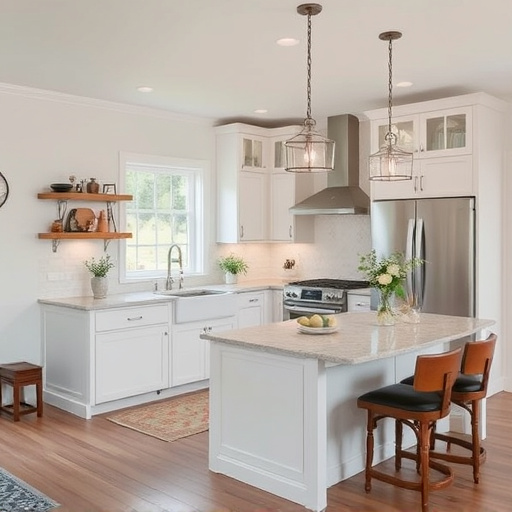
When planning a flooring install, choosing the right installation methods is crucial for achieving optimal results and enhancing your interior design. Different flooring types, such as hardwood, tile, or carpet, have specific requirements when it comes to installation techniques. For instance, hardwood floors often require more precise measuring and leveling to ensure a smooth finish, while tiles may need specialized adhesive and backer boards for proper support.
For whole house remodels or kitchen remodel projects involving multiple rooms with varying floor plans, it’s essential to select installation methods that cater to these unique challenges. In home transformations, the versatility of floating floors or click-lock systems can be advantageous, allowing for easier installation and disassembly, which is particularly useful when adapting to changing design preferences or layouts. These flexible options are ideal for both residential and commercial spaces, ensuring a seamless blend of functionality and aesthetics.
When matching flooring install with interior design, a thoughtful approach that considers both function and aesthetics is key. By understanding various flooring materials and styles, integrating them seamlessly into room layouts, and choosing suitable installation methods, you can enhance your space’s overall appeal and value. Remember, the right flooring install isn’t just about durability; it’s about creating an inviting, cohesive environment that reflects your personal style.








